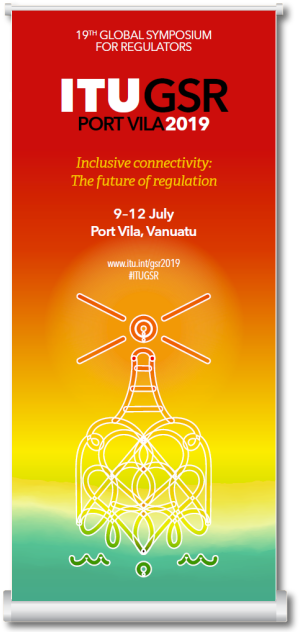 Small-Satellites, High Altitude Platform Stations (HAPS) and 47 GHz were among the topics discussed at the ITU-D 19th Global Symposium for Regulators in Port Vila, Vanuata, July 9-12.
Small-Satellites, High Altitude Platform Stations (HAPS) and 47 GHz were among the topics discussed at the ITU-D 19th Global Symposium for Regulators in Port Vila, Vanuata, July 9-12.
The background paper ‘Preparing for WRC-19 – Understanding the issues at stake and the impact of decisions to be made’ was among the meeting documents in which 47.0-47.2 GHz is noted as one of the candidate bands for IMT-2020 (International Mobile Telecommunications) and 47.2-47.5 GHz for HAPS.
Regarding Small-Satellites the document says:
At WRC-15, a proposal for a new agenda item for WRC-19 “to consider modifications to the regulatory procedures for notifying satellite networks to accommodate nanosatellite and picosatellite missions” was submitted. WRC-15 decided not to include this as a specific item on the WRC-19 agenda, because it concluded that this matter could best be dealt with by the ITU-R under the standing WRC agenda item 7.
Considering that the size of a satellite is independent of the nature of the service that it is intended to provide, a simplified regulatory regime needs to be developed for non-GSO satellites with short-duration missions, independent of the size of the satellite.
and
Furthermore, it is important to ensure that any satellite radio-frequency operation avoids harmful interference to incumbent and authorized systems and services. The two frequency bands below 1 GHz under consideration for new or upgraded allocation to the SOS (150.05-174 MHz and 400.15-420 MHz) are used for a wide variety of terrestrial and space applications, including for safety of life purposes, and some of these bands are heavily used on a consistent basis. Nevertheless, if new allocations to the SOS in these frequency bands are considered, they should not put undue constraints on any incumbent services.
Download the PDF at
https://www.itu.int/en/ITU-D/Conferences/GSR/2019/Documents/Background_paper_Preparing%20for%20WRC19.pdf
Other meeting documents https://www.itu.int/en/ITU-D/Conferences/GSR/2019/Pages/Documents.aspx
